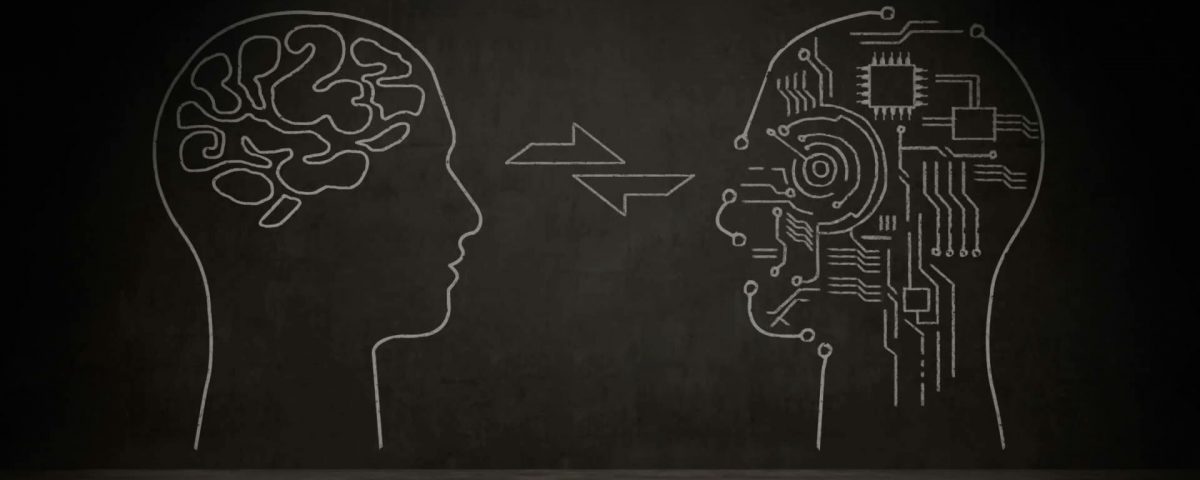
Philosophy of AI, while exploiting the power of robots
June 30, 2020
Top 5 impact of Artificial Intelligence in the Education system
March 3, 2021AI is an umbrella term that dates from the 1950s. Essentially, it refers to computer software which will reason and adapt supported sets of rules and data. The objective for AI were to mimic human intelligence. Computers, from the beginning have to performing complex calculations rapidly. Even now, computers often struggle to achieve some tasks that humans do almost subconsciously. So why are some tasks so tough for computers to perform?
As humans, our brains are collecting and processing information steadily. We take in data from all our senses and store it away as experiences that we can draw from to make inferences about new situations. In other words, we can respond to new information and situations by making reasoned assumptions based on past experiences and knowledge.
AI, in its basic form, isn’t nearly as sophisticated. For computers to form useful decisions, they have us to supply them with two things:
• Lots and lots of relevant data
• Specific rules on how to examine that data
The rules involved in AI are usually binary questions that the pc program asks in sequence until it can provide a relevant answer. (For example, identify a bird breed by comparing it to other varieties, one pair at a time. Or playing chess by measuring the outcome of available moves, one at a time.) If the program repeatedly fails to determine an answer, the programmers have to create more rules that are specific to the problem at hand. In this form, AI isn’t very adaptable, but it can still be useful because modern processors are capable of working through massive sets of rules and data in a short time. The IBM Watson computer may be an exemplar of a basic AI system.
Machine Learning
The next stage within the development of AI is to use machine learning (ML). Machine Learning rely on neural networks computer systems modelled on the human brain and nervous system which can classify information into categories supported elements that those categories contain (for example, photos of birds or pop songs). ML uses probability to form decisions or predictions about data with an inexpensive degree of certainty. In addition, it’s capable of refining itself when given feedback on whether it’s right or wrong. ML can modify how it analyses data (or what data is relevant) so as to enhance its chances of creating an accurate decision within the future. ML works relatively well for shape detection, like identifying sorts of objects or letters for transliteration.
The neural networks used for ML were developed within the 1980s but, because they’re computationally intensive, they need only been viable on an outsized scale since the arrival of graphics processing units (GPUs) and high-performing CPUs.
Deep Learning
Deep learning (DL) is essentially a subset of ML that extends ML capabilities across multi-layered neural networks to go beyond just categorizing data. DL can actually learn self-train, essentially from massive amounts of knowledge. Along with DL, it’s possible to mix the unique ability of computers to process large amounts of data quickly, with the human-like ability to require in, categorize, learn, and adapt. Together, these skills allow modern DL programs to perform advanced tasks, like identifying cancerous tissue in MRI scans. DL also makes it possible to develop driverless cars and designer medications that are tailored to an individual’s genome.


